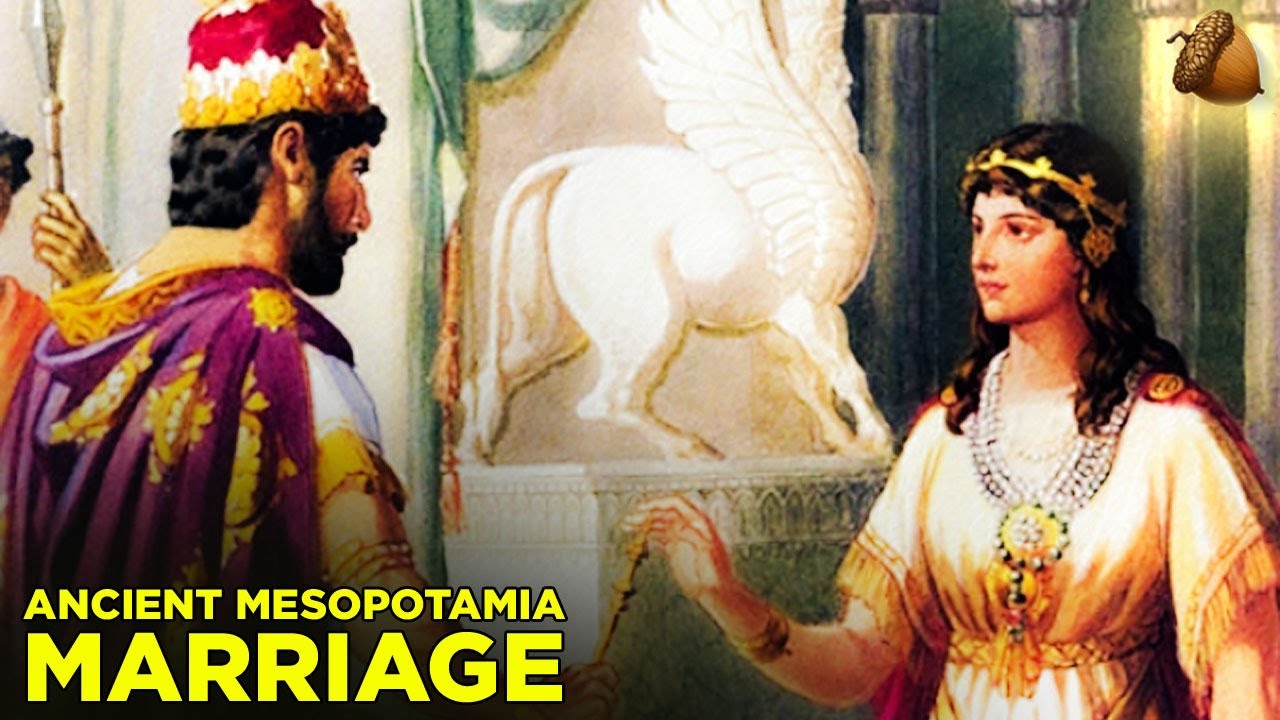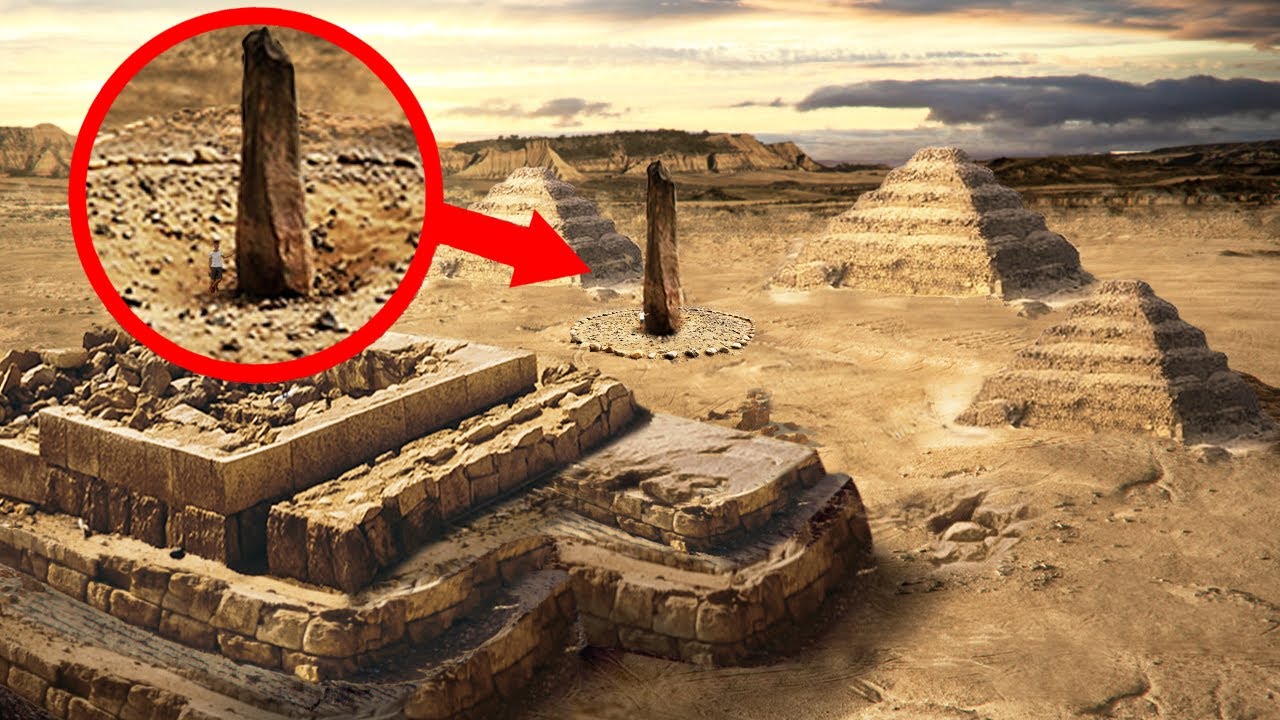Throughout history, civilizations have engaged in strange ancient traditions, some of which remain shrouded in mystery. From ritual sacrifices in history to bizarre religious practices, these customs reveal the complex relationship between belief, death, and the supernatural. While some of these forgotten cultural rituals have faded with time, others continue to intrigue modern researchers. Here are the 10 most unusual ancient rituals
1. The Bog Bodies – Human Sacrifices Preserved for Centuries 🏞️💀
Across Northern European burial practices, archaeologists have discovered well-preserved corpses in bogs, dating back over 2,000 years. These bog bodies mystery cases show victims who were ritually killed—strangled, stabbed, or drowned—before being placed in marshes. Historians suspect these were ancient human sacrifices, but the exact reasons remain unknown. 📍 Where? Denmark, Ireland, Germany 📅 Time Period: 800 BCE – 200 CE
2. The Mesoamerican Bloodletting Rituals – A Gift to the Gods 🩸🌞
Among the Maya bloodletting ceremony and Aztec ritual sacrifices, blood was believed to sustain the gods. Priests and nobles would pierce their tongues, ears, or even genitals in self-mutilation practices to offer blood to the divine. These Mesoamerican religious traditions were essential for keeping the cosmos in balance. 📍 Where? Mexico, Guatemala, Honduras 📅 Time Period: 1000 BCE – 1500 CE
3. The Endocannibalism of the Wari – Eating the Dead 🍖⚰️
The Wari people of ancient Peru had one of the most unsettling South American tribal rituals—they practiced funeral cannibalism traditions. Unlike war-related cannibalism, this Wari cannibalism ritual involved cooking and consuming deceased relatives as an act of respect. This endocannibalism in ancient Peru allowed the dead to remain a part of the family forever. 📍 Where? Peru 📅 Time Period: 600 – 1000 CE
4. The Oracle Bones of the Shang Dynasty – Talking to Spirits 🔥🐢
During the Shang Dynasty, rulers and diviners used oracle bones divination to communicate with spirits. They carved questions on turtle shells and ox bones, then heated them until they cracked. The spiritual communication in China that followed helped predict wars, weather, and royal success. Today, these bones remain a significant part of ancient Chinese fortune-telling and archaeological discoveries in China. 📍 Where? China 📅 Time Period: 1600 – 1046 BCE
5. The Fire Burial of the Vikings – Sending Warriors to Valhalla 🔥⚓
The Viking funeral pyres are among the most iconic Norse warrior burials. Great warriors were placed on burning ships along with weapons, treasure, and even human sacrifices. This ancient ship cremation was believed to transport them to Valhalla burial traditions, the afterlife of warriors in Scandinavian warrior ceremonies. 📍 Where? Scandinavia 📅 Time Period: 800 – 1100 CE
6. The Mummies of Chinchorro – The Oldest Mummification Practice 🏜️🧑🔬
Long before the Egyptians, the Chinchorro mummies discovery revealed the oldest mummification techniques in the world. This pre-Egyptian mummification process involved carefully removing the skin and organs, filling the body with clay, and reconstructing facial features. The purpose of these South American burial customs remains a mystery, but they prove the ancient mummy preservation practices date back much further than previously thought. 📍 Where? Chile, Peru 📅 Time Period: 5000 – 2000 BCE
7. The Sky Burials of Tibet – Feeding the Dead to Vultures 🦅⚰️
In Tibet and Mongolia, a unique Tibetan sky burial tradition exists where the deceased are cut into pieces and left on mountaintops for vultures. This Buddhist corpse disposal is seen as a way to return the body to nature. Unlike traditional burials, this Mongolian funeral customs practice allows the body to serve a final purpose in death. The belief behind returning the dead to nature is deeply spiritual and is still practiced today. 📍 Where? Tibet, Mongolia 📅 Time Period: Still practiced today
8. The Saturnalia Festival – Role Reversal and Chaos 🎭🥂
The Roman Saturnalia festival was a time of wild celebration, role reversal, and feasting. During this ancient Christmas origins event, slaves could temporarily act as masters, gambling was permitted, and pagan winter celebrations flourished. Many elements of Roman holiday traditions and modern Christmas can be traced back to Saturnalia role reversal customs. 📍 Where? Rome 📅 Time Period: 300 BCE – 400 CE
9. The Death Whistles of the Aztecs – Sounds of Doom 🎶💀
Among the strangest Mesoamerican religious traditions, archaeologists have discovered Aztec death whistles—skull-shaped flutes that produce terrifying screams when played. These ancient skull flutes may have been used in battle to instill fear or during rituals to summon spirits. The eerie musical instruments in history remain one of the most mysterious archaeological discoveries ever found. 📍 Where? Mexico 📅 Time Period: 1300 – 1521 CE
10. The Dog Sacrifices of the Celts – A Ritual of Loyalty 🐶⚔️
The Celts had a disturbing warrior animal offering tradition—Celtic dog sacrifices. Dogs were often buried with warriors, possibly to serve as protectors in the afterlife. Some believe these ancient animal rituals were meant to appease warrior gods or serve as omens in Celtic culture. Dogs in mythology and religion have long been associated with loyalty, making their sacrifice particularly significant. 📍 Where? Ireland, Scotland, France 📅 Time Period: 500 BCE – 400 CE
Final Thoughts 🤯
From human sacrifice in ancient times to creepiest ancient customs, these lost ancient ceremonies reflect deep cultural beliefs, fears, and reverence for the unknown. While some of these unexplained historical rituals were meant to honor the dead, others served as a bridge to the supernatural.
💡 Which of these rituals do you find the most mysterious? Share your thoughts in the comments!



